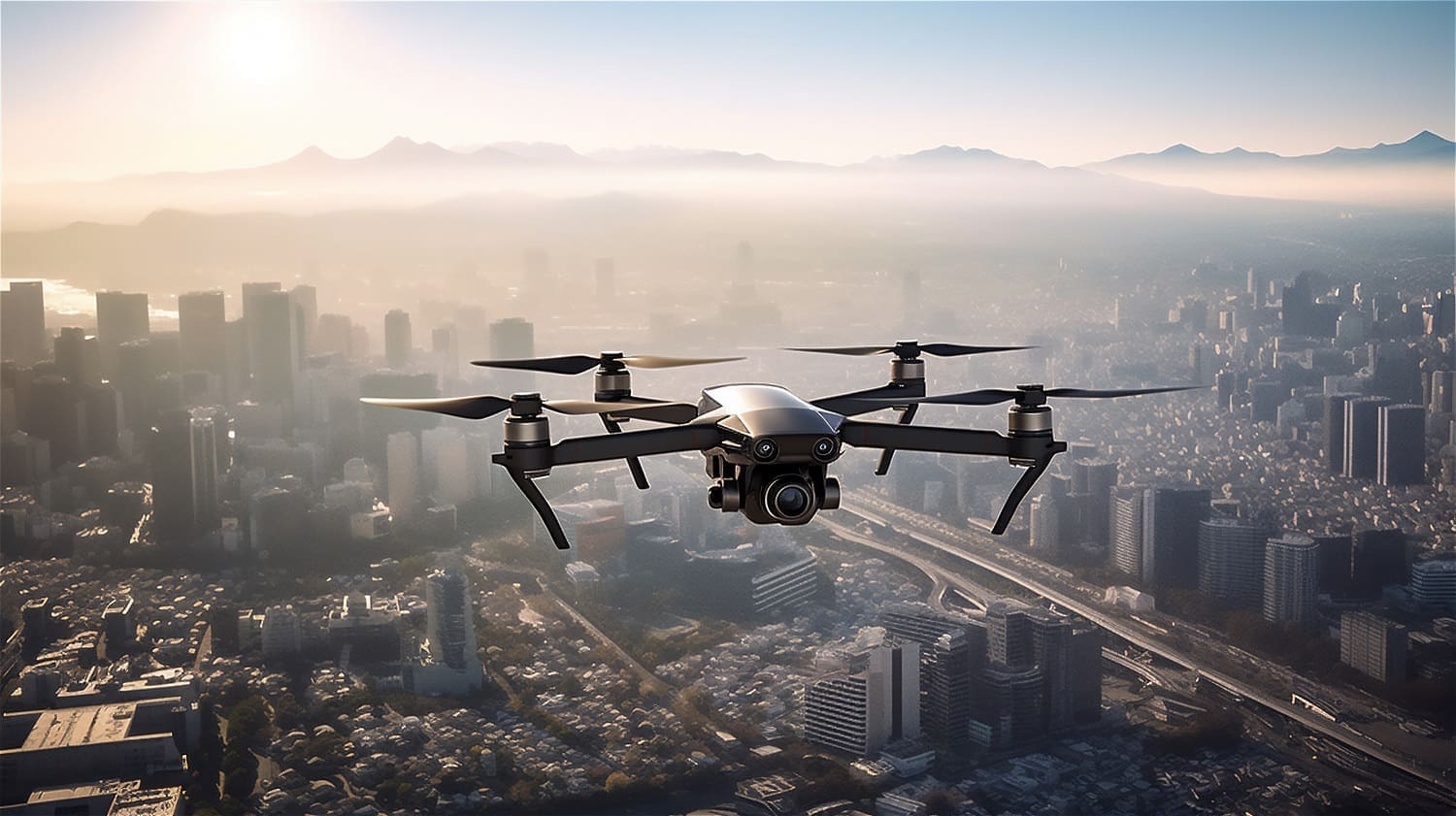The homeland security (HLS) market is fast-paced and dynamic, continually evolving to address emerging threats to a nation’s safety. The market encompasses border security, aviation security, maritime security, critical infrastructure security, cybersecurity, mass transport security, law enforcement, CBRN security, and others. The HLS market is experiencing much growth, spurred on by security challenges, such as terrorism, cross-border disputes, illegal immigration, smuggling, and cyber threats. According to Allied Market Research, the global homeland security market is expected to reach $801 billion by 2028.
As we proceed in 2023, several exciting trends have emerged, revolutionizing the industry’s landscape. In this blog, we delve into six trends reshaping the market, from intelligent surveillance to cybersecurity, AI, and the Internet of Things (IoT).
Trend 1: Cybersecurity – An Escalating Priority
The internet has pervasively infiltrated every sphere of life, from personal spaces to national governance. Governments and organizations across various sectors store and transmit sensitive data electronically and regularly rely on Internet technology, necessitating robust security measures. Consequently, cybersecurity is no longer a luxury but a necessity. The United Nations Global Cybersecurity Index 2023 reports an alarming increase in cyber threats worldwide. A concerted, multi-dimensional response is the need of the hour.
The market is witnessing significant investment in cybersecurity, bolstered by the adoption of sophisticated tech like AI and machine learning. Governments are moving beyond traditional antivirus software to advanced threat intelligence systems, ensuring preemptive identification and neutralization of threats to better secure their digital borders.
Trend 2: The Surge of Artificial Intelligence (AI)
AI has decisively permeated the homeland security market. Its adoption has accelerated the ability to analyze vast amounts of data quickly, identifying patterns and trends that would take human analysts an impractical amount of time to detect. AI is instrumental in threat detection, counter-terrorism efforts, immigration control, and more. These capabilities have resulted in governments increasing investments in recent years, including a $130.1 billion budgetary request for research and development in advanced technology such as AI.
Machine learning, a subset of AI, is also showing promise in predictive policing. By analyzing historical data, these systems can predict crime hotspots and help allocate security resources more efficiently.
Trend 3: IoT and Smart Surveillance
With its myriad interconnected devices, the Internet of Things (IoT) has revolutionized surveillance. Smart cameras with facial recognition and behavior analysis capabilities are becoming commonplace in public spaces, airports, and other high-risk areas. IoT enables real-time situational awareness, bolstering our ability to respond to threats promptly and effectively. For example, crisis management teams can use the data collected from various IoT devices, such as vehicle sensors and surrounding infrastructure sensors embedded in utilities and traffic lights, to enhance their situational awareness and decision-making before arriving on the scene. The Chinese government has begun using the IoT and big data technology for smart fire prevention; they use smart surveillance technology to assess fire safety risks in real time.
However, the omnipresence of these devices also exposes vulnerabilities that could be exploited, underscoring the need for robust cybersecurity measures.
Trend 4: Biometric Authentication and Identity Verification
Biometric authentication technology, such as fingerprint, facial, iris, or voice recognition, is steadily becoming the norm for identity verification. In an era where identities can be stolen or fabricated, biometrics provide a significantly more reliable and secure method of confirming an individual’s identity. HLS is deploying these technologies in various ways, from visa applications to immigration control at airports to secure access to sensitive facilities.
For example, governments can use biometric authentication to check an individual against a watch list of known or suspected terrorists and criminals. It can also be used to ensure the individual’s documents belong to the person presenting them, not someone else. These services prevent identity fraud and stop criminals and immigration violators from crossing secure borders.
Trend 5: Drone Technology — Eyes in the Sky
Unmanned Aerial Vehicles (UAVs), commonly known as drones, have increasingly become a part of the security apparatus. Drones provide valuable aerial surveillance in vast or inaccessible areas. Using drones to capture and analyze high-quality video at the edge in real time has emerged as a critical technology component for effective decision-making and data analytics. These advanced video transmission capabilities support HLS missions and applications, including crowd control, surveillance and security for smart cities, critical infrastructure monitoring, law enforcement, border patrol, first responders emergency management, and more.
Enhanced with thermal imaging and AI-driven recognition capabilities, these drones can detect anomalies or threats more effectively than human patrols.
Trend 6: The Rise of Private Public Partnerships (PPPs)
The complexity and interconnectedness of current security challenges necessitate multi-stakeholder collaboration. Public-Private Partnerships (PPPs) have emerged as a viable model, fostering innovation and resource sharing. Private tech companies bring advanced technologies and agility, while governments provide the necessary regulatory framework and funding. One of the primary reasons behind this trend in HLS is the rapid pace of technological advancement. Government institutions often struggle to keep up with the evolving technological landscape, whereas private firms are built to adapt quickly to new trends. This agility allows them to develop cutting-edge solutions for the challenges faced in HLS.
For example, the Department of Defense awarded Microsoft a $10 billion cloud contract known as JEDI (Joint Enterprise Defense Infrastructure). The contract aimed to provide the military with better access to data and the cloud from battlefields and other remote locations. This partnership exemplifies how private tech giants can assist in advancing the technological capabilities of the government sector.

Securing the Future: Embracing Innovation and Collaboration in HLS
The landscape of the homeland security market is undergoing profound transformations. As we navigate through 2023, these six trends are redefining how we perceive security and reconfiguring the strategies and technologies deployed to ensure it. In a world where threats evolve rapidly, innovation, vigilance, and adaptability will be vital to ensuring our collective security and fostering a peaceful and safe homeland.
Maris will exhibit its Edge AI computing and ultra–low latency video streaming solutions at Milipol Paris on 14-17 November 2023. Let us demonstrate our latest innovations in
Hall 4E, booth 014.
Contact us at [email protected] to book an appointment.











